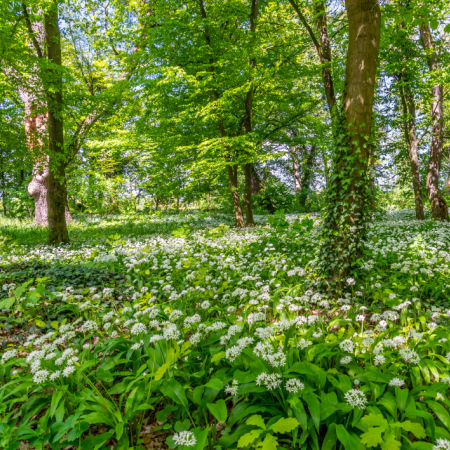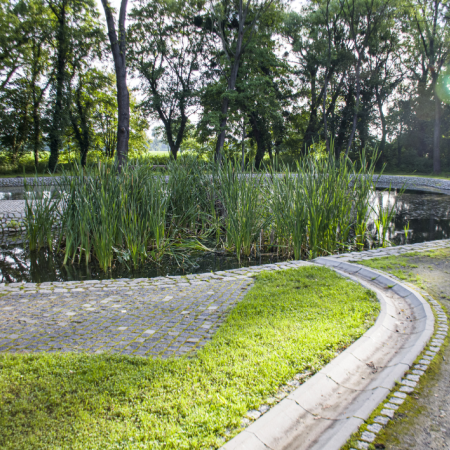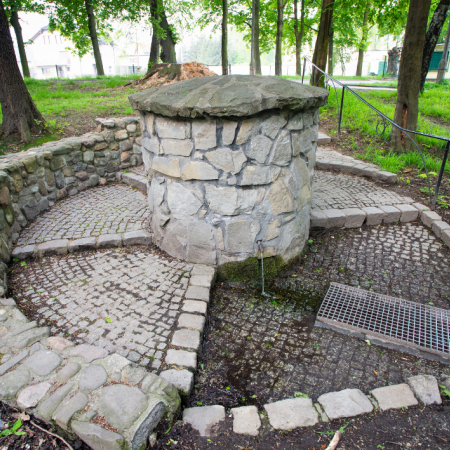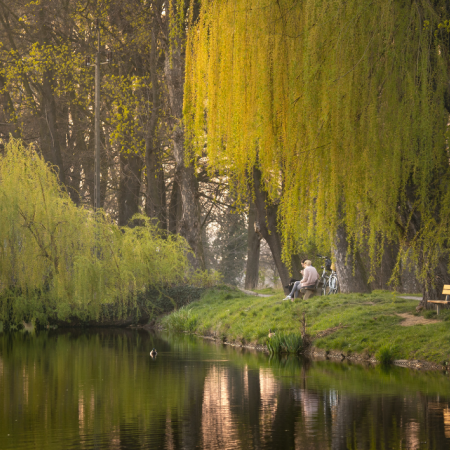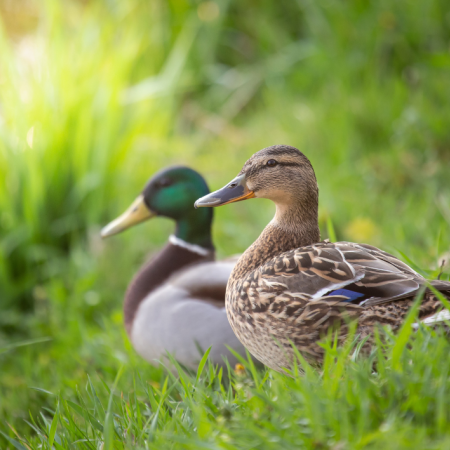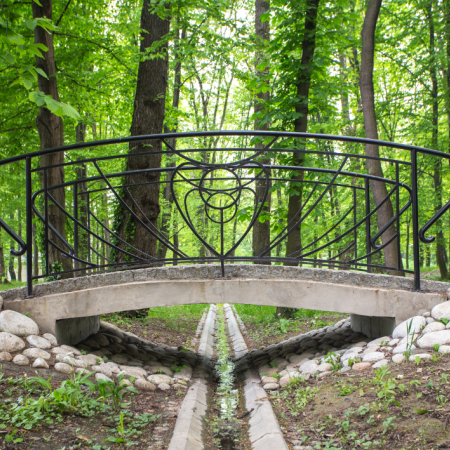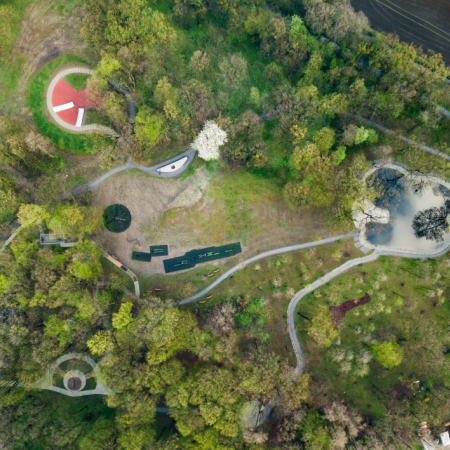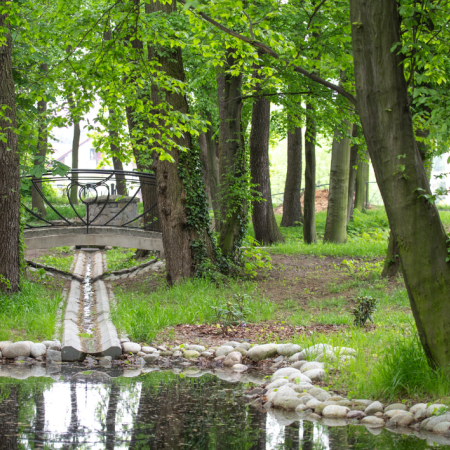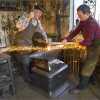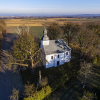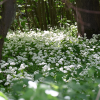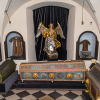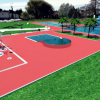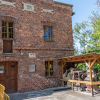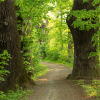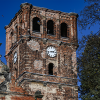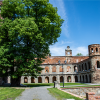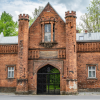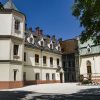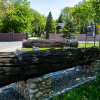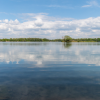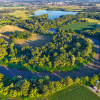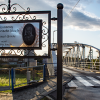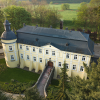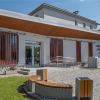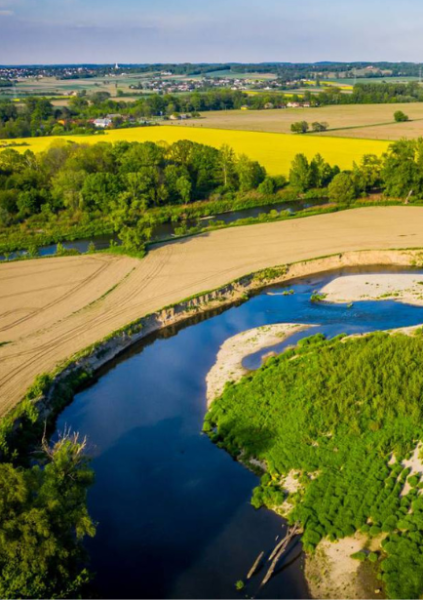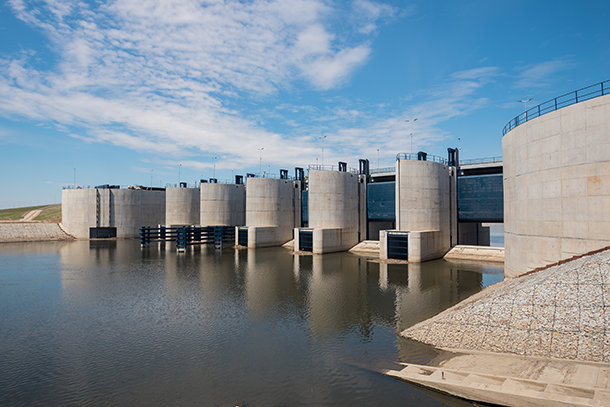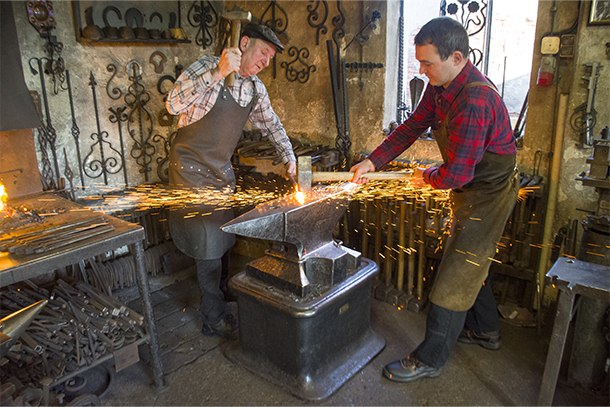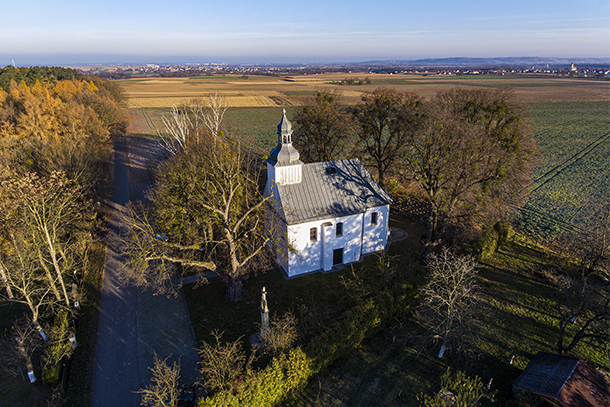- Contrast
- Text
- Scaling
- Content scaling 100%
- Font size 100%
- Line height 100%
- Letter spacing 100%
Polish tourist attractions
- Home
- Tourist attractions
- Polish attractions
- The chateau park in Tworków
The chateau park in Tworków
In the vicinity of the former Tworków chateau is a park created in the 14th century, with numerous old chestnut, beech and elm trees. Walking along the linden avenue, you can reach the pond located in the central part of the park. central part of the park, which is the final element of the sensory path created according to the principles of Professor Kneipp. Kneipp. It is fed by water from an underground spring. The park also features centuries-old ivy and rare plant species such as yellow anemone and bear garlic can also be seen in the park.
In the 19th century in Upper Silesia, many castles and palaces were rebuilt into beautiful noble residences, replacing Baroque elements with Neo-Gothic, Neo-Renaissance or Classicism. Along with these changes, the surroundings of these buildings were transformed into beautiful parks, with the addition of new imported tree and shrub species. Beautiful park settings can be admired in Rudy or nearby Krzyżanowice. The castle in Tworków has its roots dating back to the Middle Ages and is situated on an escarpment, not far from the mouth of the river Psina to the Oder. It originally served a defensive function on the Polish-Czech border, and in the second half of the 16th century it underwent reconstruction in Renaissance style, supplementing its functionality with residential elements. Another reconstruction in Neo-Renaissance style was carried out in the second half of the 19th century.
The history of the park at Tworków Castle begins with Johann Friedrich von Eichendorff (1760-1815) as a resident. It was he who widened the ponds near the castle, which today are known as Hroza. In those days, flower gardener Antoni Walko worked at the manor house and the park was described as extensive. In addition, there were bee-keeping and sheep gardens near the castle, as well as two mills - a forest mill by the small water and another by the ponds. In 1830, Filipina Countess von Cappy moved into Tworków Castle and received the uninhabited castle and park.

In 1839, Johann's heirs established a brewery in the manor buildings, which underwent extensive modernisation in 1852. In 1874, it began producing Pilsner beer. At weekends, from spring to autumn, special trains took visitors from Racibórz to the beer hall and beer garden. On weekdays, part of the park was open to the brewery, but on Sundays and holidays, Gustav Count Saurma-Jeltsch, the tenant of the brewery, would open it to visitors. However, after a bowling alley was built near the ponds, part of the park was closed to visitors because the presence of strangers and the noise disturbed Gustav's wife.
In the park, between the wells, there were two sandstone gravestones that belonged to Wenceslas Reiswitz and his wife Maria Eleonora von Maltzan. Today, in the low-lying chateau park you can admire a lime avenue, beech trees, elm trees and interesting flora specimens such as yellow anemones and bear garlic. In 2018 and 2019, maintenance work was carried out, the plant cover was tidied up and new plant species were planted. A small pond was also restored, its banks reinforced with stones and planted with rhododendron shrubs. Watercourses from two springs were laid out and a recreational and health trail for children was laid out, following Kneipp's principles. In the park, you can spend a pleasant stroll and relax, enjoying the beauty of nature.

Tworków Castle Park is home to many trees and shrubs, but one of the most characteristic species is the common ivy, which covers many of them with its green leaves. Ivy is a long-lived and slow-growing plant, yet very hardy and resistant to adverse weather conditions. This evergreen climber is the only species of its kind found in Poland. In the park, common ivy grows on many centuries-old trees and shrubs, creating beautiful and picturesque compositions. During flowering, which lasts from August to October, the plant emits an intense fragrance that attracts pollinating insects. The fruiting ivy produces spherical dark blue fruits that are poisonous to humans but provide valuable food for birds, especially pipits and thrushes. Many birds can be seen in the park, flying there in search of food and shelter.
In the park in Tworków and Krzyżanowice there are beautiful specimens of trees, including hornbeams, beeches and pedunculate oaks. Beeches, which have silvery bark, form beech forests in the mountains. Pedunculate oaks are the longest-lived deciduous trees in Poland and grow as solitaries in the Tworków park. Among them is one that has been protected as a natural monument since 1970. The four oak trees have a breast height of around 470 cm and blackberries grow around one of them, adding to the beauty of the whole composition.
The park in Tworków is home to age-old trees, including pedunculate oaks, pedunculate elm trees and common beech trees. The pedunculate elm is characterised by its asymmetrical leaves and bundles of offshoot branches. There are many species of spring geophytes around the mature stand, indicating the history of the site and its natural richness. These species pollinate and reproduce more difficult in the new woodland. Grove anemones, yellow goldenrod, spring cornflower, purple buttercup and bear's garlic can be seen in the park.
In 2018, the park in Tworków underwent a revitalisation process that brought many new facilities for visitors. A playground with a slide has been built for children, while a seating area and a pond have been created for older visitors. A number of varieties of ornamental trees and shrubs have been planted around the new landscaping, but these require time and care to match the age-old trees in the park. Lawns have also been created in the revitalised part of the park.
Video
Virtual walk
Directions
Gallery
Tourist attractions
Gallery
-
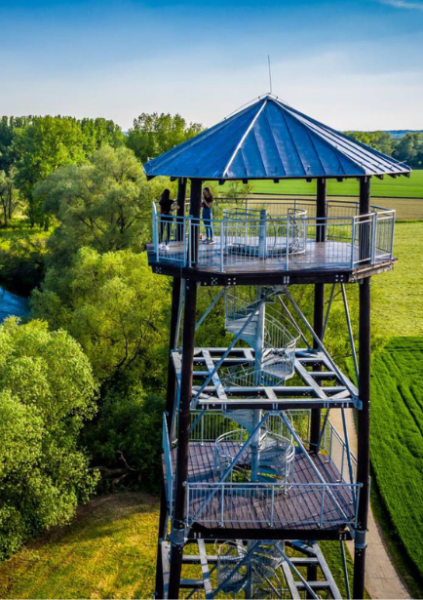
Viewing tower at the Meanders
-
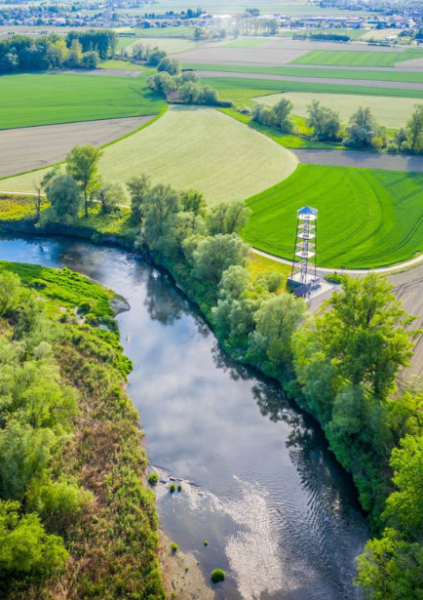
Viewing tower at the Meanders
-
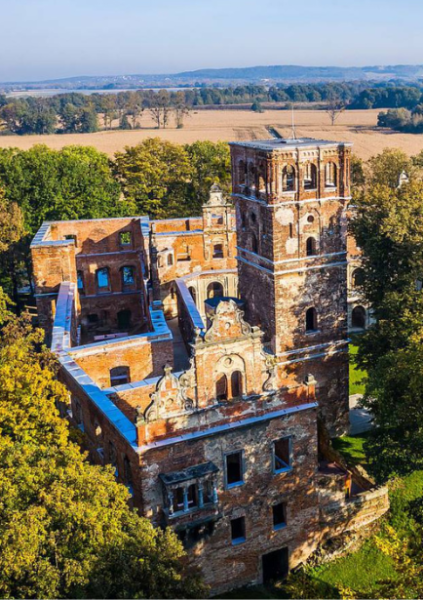
The castle ruins in Tworków
-
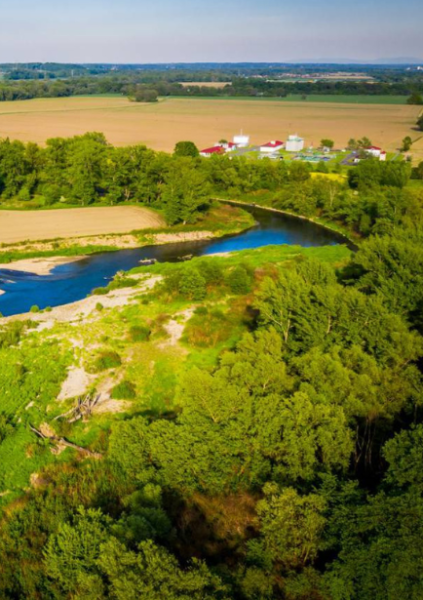
Border Meanders of the River Oder
-
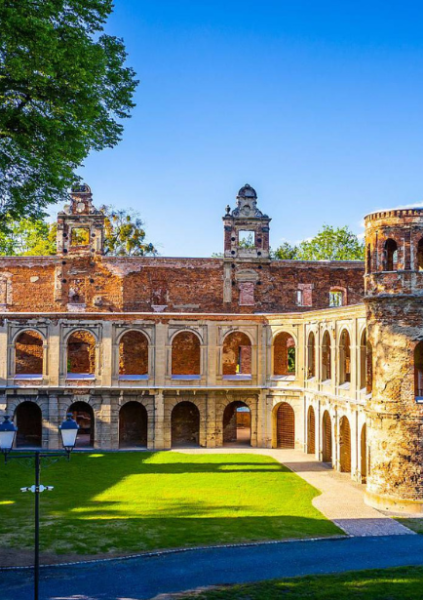
The castle ruins in Tworków
-
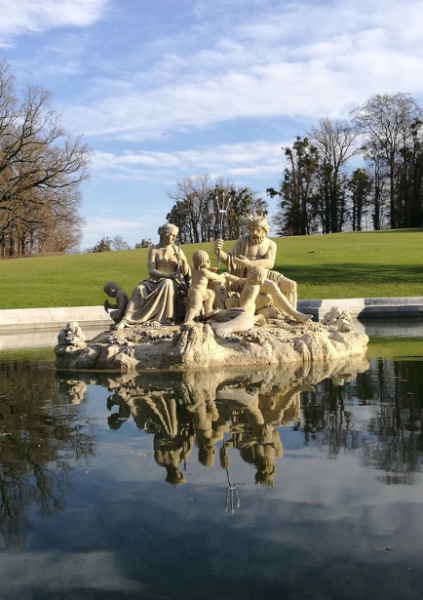
Fountain in front of the castle
Tourist attractions - location on the map

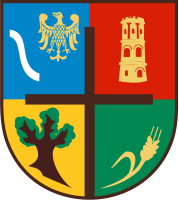
Główna Street 5,
47-450 Krzyżanowice
fax. (32) 419 42 34
e-mail:
-
Pn – Śr7.00 – 15.00
-
Czw8.00 – 17.00
-
Pt7.00 – 14.00
Copyright © 2024 Wszelkie prawa zasteżone.
Projekt i realizacja. Strony WCAG dla instytucji - itee.pl





